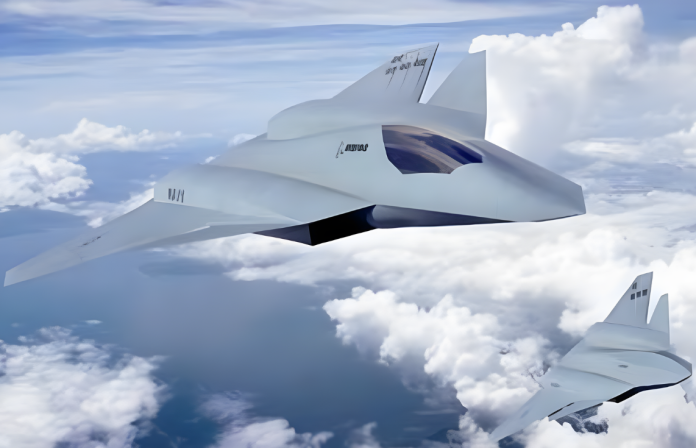
With Chinese and Russian efforts in stealth flight growing rapidly in the background, the Pentagon has acted swiftly to speed up the U.S. Navy’s F/A-XX program a sixth-generation carrier fighter to succeed aging F/A-18E/F Super Hornet and augment the F-35C in the 2030s. Defense Secretary Pete Hegseth’s recent approval paves the way for a contractor downselect, with Boeing and Northrop Grumman competing for one of the most impactful aircraft contracts in decades.

1. Strategic Necessity in the Indo-Pacific
By 2030, both China and Russia will be deploying functional sixth-generation fighters, worrying U.S. defense planners with issues of keeping the technological edge in contested areas such as the South China Sea. China’s Shenyang J-35, which has already been tested from the Type 003 Fujian carrier’s electromagnetic catapults, has a radar cross-section “smaller than the palm of a human hand,” a statement that implies low observability close to that of the F-35. Although such numbers are unconfirmed, the development pace of Chinese carrier airpower and aspirations to have J-35s roll off the production line in dozens each year has created increasing pressures for the Navy’s next-generation solution.

2. Boeing versus Northrop Grumman
The competition has now come down to Boeing, manufacturer of the Air Force’s F-47 NGAD fighter, and Northrop Grumman, whose design inspirations draw upon the stealth-designed YF-23. Boeing’s bid allegedly has some F-47 propulsion technology in common, possibly providing commonality advantages, and Northrop’s design has a pointed nose, chine smoothness, and top-mounted air intakes to reduce radar signature. Both designs offer integration with unmanned systems and future carrier-based air defense networks. Lockheed Martin, which leads the way in fifth-generation programs, was out last month.
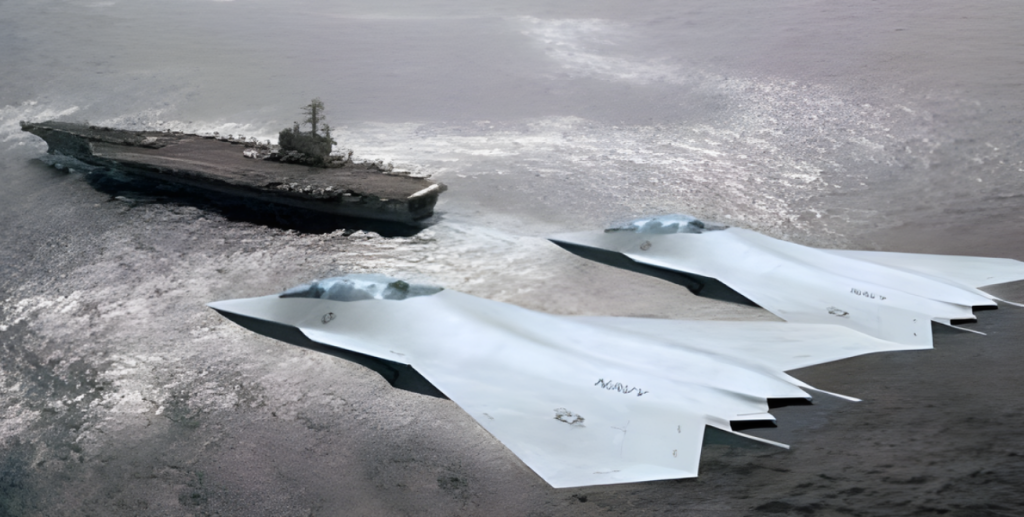
3. Extended Range and Carrier Integration
Rear Admiral Michael Donnelly has said the F/A-XX will provide “more than 125 percent of the range” of existing carrier-based tactical aircraft, breaking the 500–650 nautical mile combat range limitation of the Super Hornet. The greater reach is essential for operating outside the envelope of China’s long-range anti-ship missile systems. Organic aerial refueling ideas, using platforms such as the Boeing MQ-25 Stingray, will extend operational endurance further.
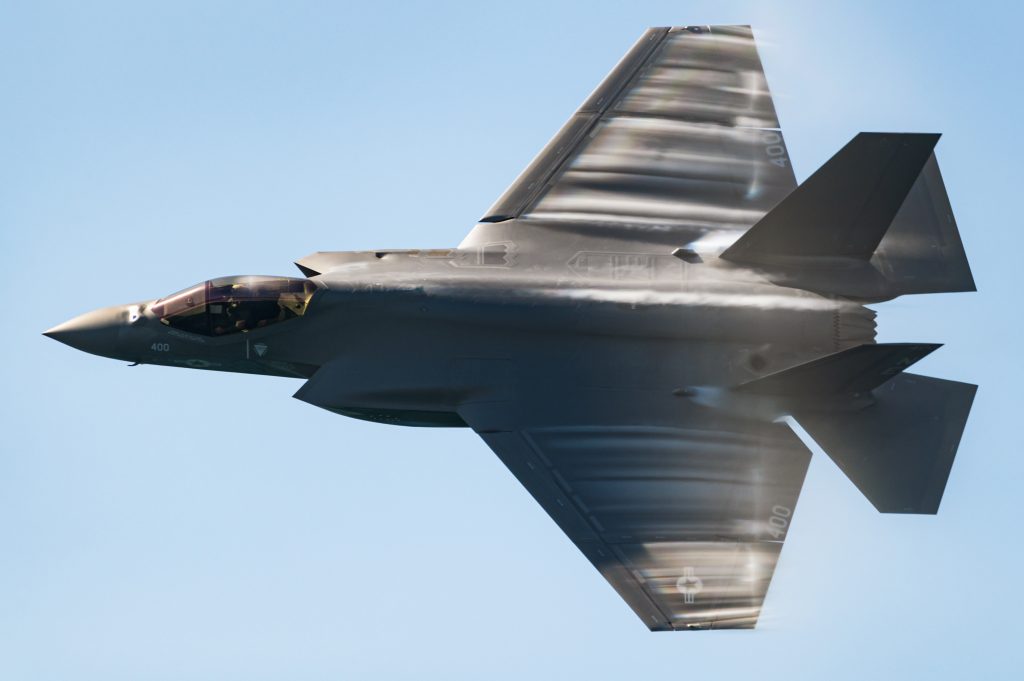
4. Stealth and Sensor Fusion
The F/A-XX will be more stealthy than the F-35C, utilizing broadband low-observability across the radar and infrared spectrum. Sensor fusion will allow data to be shared seamlessly among manned fighters, unmanned loyal wingman drones, and other naval platforms. Integration like this will be crucial for operations in environments densely filled with advanced air defenses and electronic warfare threats.

5. Manned-Unmanned Teaming
Manned-Unmanned Teaming (MUM-T) will be a signature capability. The F/A-XX will team with Collaborative Combat Aircraft (CCA) drones for recce, electronic attack, and strike missions. Northrop’s X-47B and Boeing’s MQ-25 have already shown carrier autonomous operations and aerial refueling capabilities, establishing the feasibility of unmanned integration into the Carrier Air Wing.
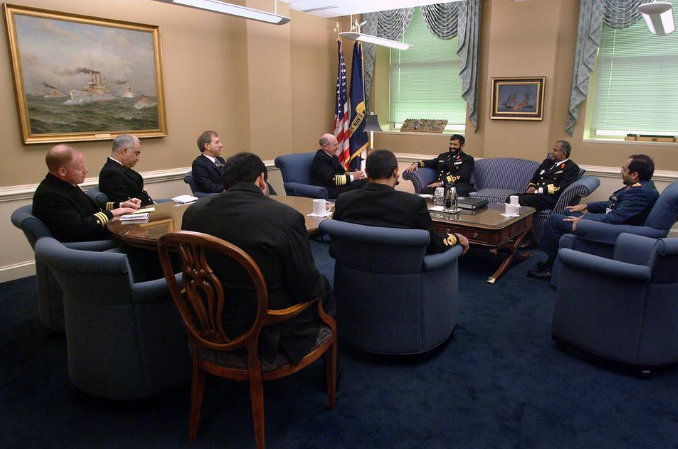
6. Budget Battles and Program Survival
The program survived funding turmoil, with the Navy’s FY2026 budget request initially cut to $74 million before Congress added back $1.4 billion for rapid development. Previous Pentagon priorities had been for the Air Force’s $3.5 billion F-47 program, creating concerns about industrial base stress from concurrent sixth-generation efforts. Congressional action now puts the F/A-XX on track to move into Engineering and Manufacturing Development by late FY2025.

7. Technical Challenges of Carrier-Based Sixth-Gen Fighters
Carrier operations put special engineering constraints on design: strengthened landing gear for arrested landings, seawater corrosion-resistant materials for naval duty, and streamlined wing configurations for catapult takeoffs. The F/A-XX will need to compromise these needs with stealth form, internal weapons bay, and fuel storage adequate for long-duration missions.

8. Geopolitical Context
China’s expansion of carriers Fujian now, Type 004 soon parallels U.S. Ford-class capability. Added to improvements in drones and stealth bombers, Beijing’s direction promises a day when numerical equivalence in carrier air wings may be within reach. Russia’s sixth-generation progress, albeit less publicized, introduces another element into the threat matrix. The F/A-XX is therefore not just a replacement aircraft but a key to maintaining U.S. naval air supremacy.
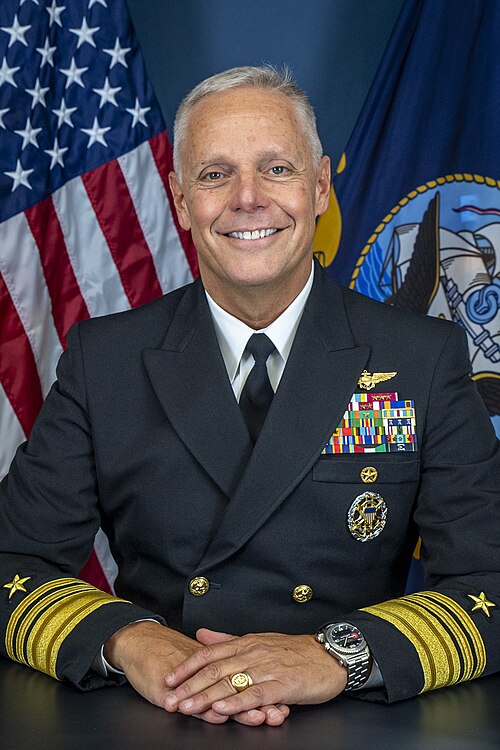
Vice Adm. Daniel Cheever captured the stakes succinctly: “That sixth-generation means air superiority in that timeframe in the future, which means sea control. And as long as you have air superiority, you have sea control around the globe.” The downselect decision, expected imminently, will determine which design carries the Navy’s airpower ambitions into the next decade.
